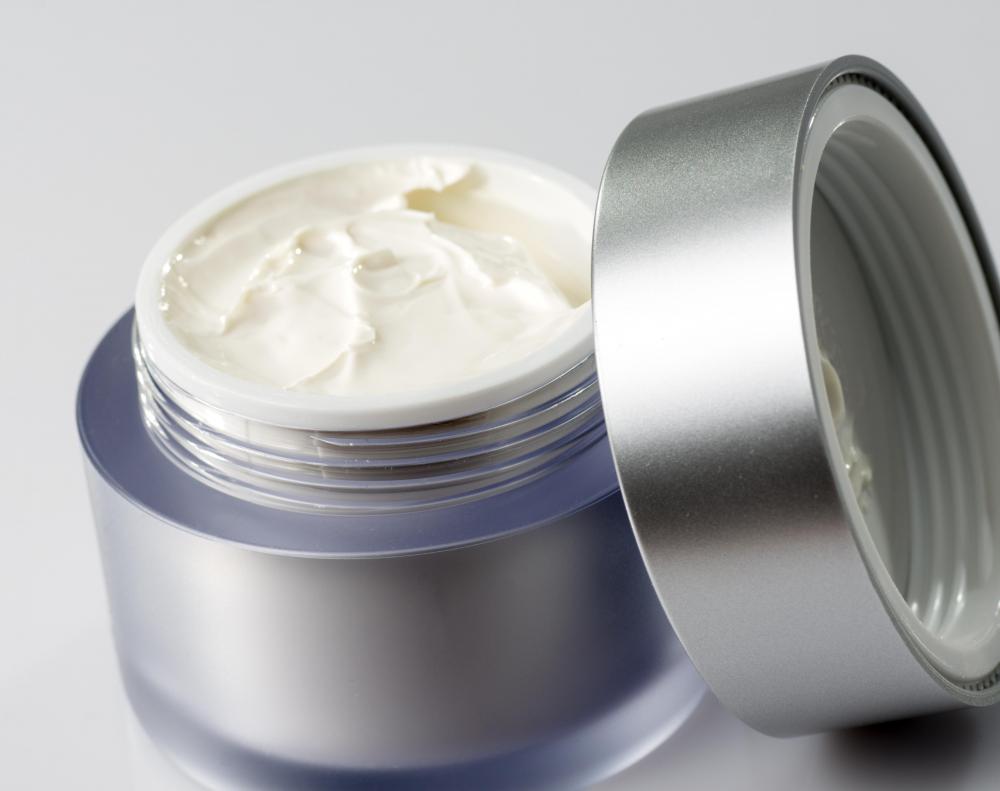At HomeQuestionsAnswered, we're committed to delivering accurate, trustworthy information. Our expert-authored content is rigorously fact-checked and sourced from credible authorities. Discover how we uphold the highest standards in providing you with reliable knowledge.
What Is a Witch Hazel Tree?
The witch hazel tree is a small, deciduous tree or shrub native to the United States and Canada. Known by the scientific name Hamamelis virginiana, the witch hazel tree generally reaches a height at maturity between 15 and 25 feet (4.6 and 7.6 meters), with a spread of 10 to 15 feet (3 to 4.6 meters). Witch hazel appears dormant throughout spring and summer when other plants are displaying their flowers and greenery and then bursts into bloom in the autumn. The witch hazel tree retains its fragrant yellow blooms and most of its leaves throughout the winter. Considered an ornamental due to its colorful, long-lasting blooms, witch hazel is also popular for its medicinal properties.
This attractive tree has brown bark and leaves that turn yellow in the fall. The witch hazel tree grows wild in small forests and is often found growing beside streams and other waterways. It does well in the home landscape and should be planted away from dwellings and other buildings because of its habit of spreading. A witch hazel tree does well in full sun or partial shade and sometimes grows wild as an understory tree in areas with rich, moist soil such as bogs.

The bark, leaves, and twigs of the witch hazel tree contain the plant’s medicinal properties. Native Americans were aware of these healing agents, and different tribes used witch hazel in different ways. Some took advantage of witch hazel’s astringent properties by taking it internally to stop hemorrhaging. Others used it to shrink tumors. An astringent contracts veins and bodily tissues, and this healing property of the witch hazel tree shows promise in modern medicine for the treatment of diarrhea, dysentery, and hemorrhoids.

When used topically, witch hazel has demonstrated proven effectiveness in the treatment of acne, eczema, cuts, and bruises. Witch hazel is one of the few natural substances approved as an ingredient in nonprescription medications by the Food and Drug Administration in the United States. It is commonly used in skin preparations to stop itching, and is also used in some ophthalmic medications to treat eye inflammation.

Scientific research has isolated some of the healing agents of the witch hazel tree and identified some other disorders that these chemicals may be able to effectively treat. This research showed that witch hazel contains antiviral properties that may be helpful in the management of herpes simplex. Research has also shown that witch hazel may be beneficial as an ingredient in anti-wrinkle formulas.
AS FEATURED ON:
AS FEATURED ON:
















Discussion Comments
I thought the witch hazel shrub in my grandparent's yard was a tree. They never pruned it so that shrub grew twelve feet! It's hard to believe that it's technically a shrub.
@literally45-- I think the witch hazel tonics sold on the market are made from witch hazel bark, water and alcohol. I'm not sure how you could make this at home, but you could try making a tincture from it.
You could cut up the twigs and boil it in water and store this in a bottle. If you wanted to use alcohol, I would imagine that the leaves and twigs would have to steep in the alcohol for a long time for the medicinal properties to transfer to the liquid.
Let me know if you decide to try it and if it works out. If you have good results, I might try it too. We also have witch hazel trees in the neighborhood.
There are several witch hazel shrubs behind my house. Can I use the leaves and bark to make my own witch hazel tonic at home?
I do use witch hazel regularly for my skin and to clean cuts and scrapes. It would be great if I could lower the cost by making it at home.
Post your comments